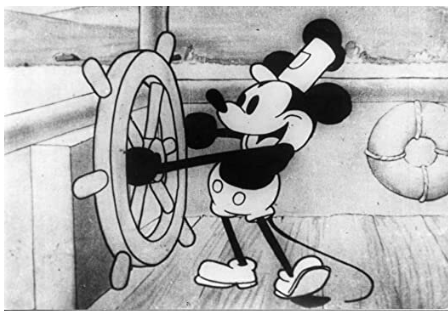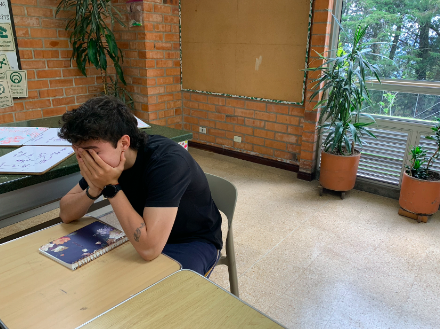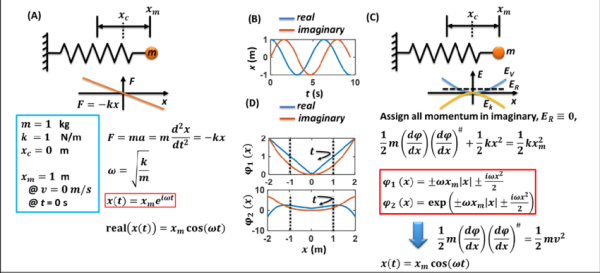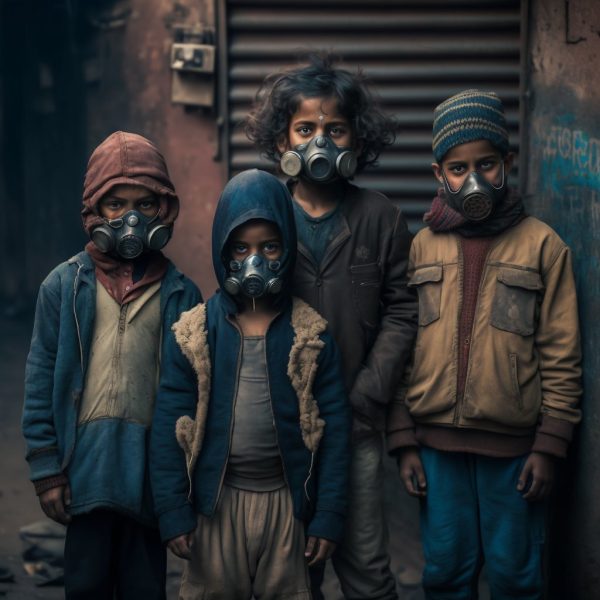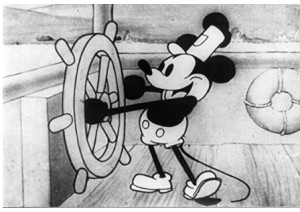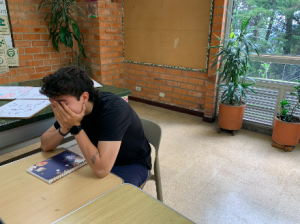Behind the Curtain: The Social Dilemma
In the past 20 years, there has been more significant technological advancements and societal shifts than in the past century. Computing speed is a trillion times faster than what it was 50 years ago, not to mention the creation of the smartphone, smart tv, and many other devices that have been ingrained into our routines.
Technology has facilitated life for many, and structured the world we live in. One aspect that society currently relies on is social media. The number of people who use it has grown exponentially in recent years, considering today’s children are maturing with extensive access to technology. The question is, is social media bad for you? Is it bad for children? There have been some documentaries regarding this topic like Screened Out and Lo and Behold: Reveries of the Connected World, which have been well acclaimed by the public. Nonetheless, you have never seen anything like this before. Director Jeff Orlowski’s new documentary film for Netflix, The Social Dilemma, answers these questions as it explores the rise of social media and the damage it causes to society.
The film, which is more a documentary-drama hybrid, examines the various ways social media and networking companies manipulate human psychology in order to rewire the brain. The remarkable aspect that sets this documentary apart is that former employees, high executives, and other professionals from social media and research backgrounds are who explain the dangers and consequences of their creations. The interviewees deliver their cautionary testimonies, expressing their fear of the effects social media platforms may have on users’ mental health.
The documentary addresses several topics through animated sequences and even includes fictional scenes of a suburban family that suffers the consequences of social media addiction. This narrative takes all of the important problems of social media and explains them in a level that all can understand and relate to. There are many different topics presented to the audience, which are meant to expose the manipulative tactics used, but one in particular stood out to me. Tristan Harris talked about how any sufficiently advanced technology is indistinguishable from magic. Basically, how magicians were like the first neuroscience or psychologist because they understood parts of the brain that humankind was not aware of, which made the illusion work. He then proceeded to explain why the tactics on social media work the same way. Ultimately, this dramatization is what makes The Social Dilemma an excellent documentary. It shows how Silicon Valley leaders design ways to keep the audience engaged and online. It has led to conspiracy theories, international destabilization, and higher suicide rates in young people as a result of the exploitation of human vulnerabilities.
The documentary is a product of the director, Orlowski, who is best known for both directing and producing the Emmy Award winning documentaries Chasing Ice and Chasing Coral, both about global warming. Similarly to The Social Dilemma, Orlowski excels at taking a reality that may seem too colossal and abstract and scaling it down to a human level. Some say that the film is an exaggeration and a misunderstanding of social networking. The verge, a technology news website, stated that “The dramatized segments include a fictional trio of sociopaths working inside an unnamed social network to design bespoke push notifications to distract their users.”
Technology has created wonderful things, but it is easy to lose sight of the other side. The documentary is opening the eyes of many. The flawless production is what makes it a pronounced documentary that has been called by the New York Times the best documentary on Netflix. The Social Dilemma exposes social media’s harms on society, but most importantly, it serves as awareness for users to know what’s happening behind the curtain.



